Structural Properties and Bonding Strength of Titanium carbonitride Coatings
Titanium carbonitride coating has excellent mechanical and tribological properties. As a hard wear-resistant coating, it has been widely used in cutting tools, drills and molds, and has wide application prospects. The research shows that the structure, properties and bonding strength of the Titanium carbonitride coating are affected by factors such as chemical composition and process parameters. Starting from the factors that affect the structure, properties, residual stress and bonding strength of Titanium carbonitride coatings, the research results since the 1990s are reviewed to provide references for rational utilization and further improvement of the properties of Titanium carbonitride coatings, and further suggestions are put forward.
Due to its excellent mechanical wear resistance and good corrosion resistance, wear-resistant ceramic coatings have been successfully used in static, dynamic and harsh environments to protect the substrate and improve the efficiency and use of components. life, its application is more and more extensive. A typical example is the cutting tool. Although the traditional carbide tool has higher strength, the hardness is lower; the ceramic tool has higher hardness but slightly lower strength. With the development of production and the advancement of technology, high-hardness and high-strength steels are becoming more and more common in the manufacture of basic parts of various machinery and equipment. Common tools and single-material tools cannot meet the requirements of extreme conditions such as high-speed cutting, and must rely on composite materials. To achieve this goal, one of the important ways to solve the problem is to deposit a high-hard wear-resistant coating on the tool. Titanium carbide (TiC) coating has been used before, but it was soon found that titanium carbide is too brittle and easy to fall off during use; while titanium nitride (TiN) coating is superior to titanium carbide because of its toughness and high temperature oxidation resistance. Although in most cases, it can meet the engineering requirements, but it cannot be used in extreme conditions such as high-speed cutting, because its hardness is not too high.
Due to its excellent mechanical wear resistance and good corrosion resistance, wear-resistant ceramic coatings have been successfully used in static, dynamic and harsh environments to protect the substrate and improve the efficiency and use of components. life, its application is more and more extensive. A typical example is the cutting tool. Although the traditional carbide tool has higher strength, the hardness is lower; the ceramic tool has higher hardness but slightly lower strength. With the development of production and the advancement of technology, high-hardness and high-strength steels are becoming more and more common in the manufacture of basic parts of various machinery and equipment. Common tools and single-material tools cannot meet the requirements of extreme conditions such as high-speed cutting, and must rely on composite materials. To achieve this goal, one of the important ways to solve the problem is to deposit a high-hard wear-resistant coating on the tool. Titanium carbide (TiC) coating has been used before, but it was soon found that titanium carbide is too brittle and easy to fall off during use; while titanium nitride (TiN) coating is superior to titanium carbide because of its toughness and high temperature oxidation resistance. Although in most cases, it can meet the engineering requirements, but it cannot be used in extreme conditions such as high-speed cutting, because its hardness is not too high.

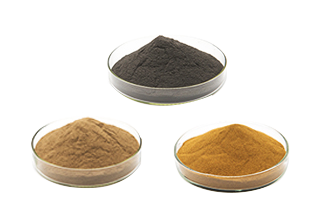
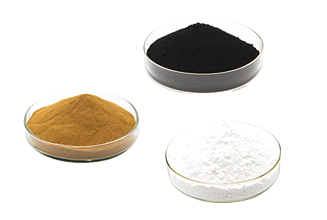
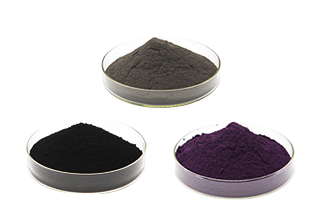
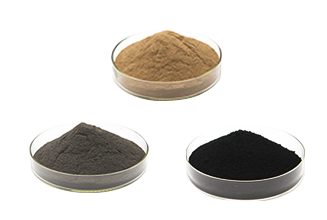
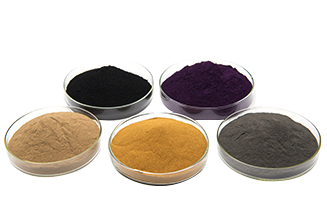
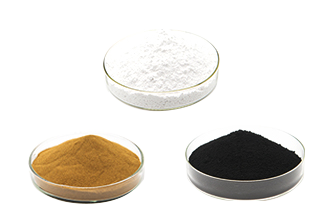
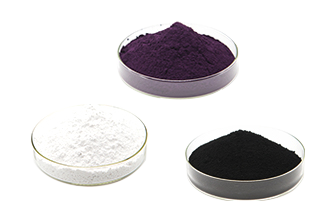



.png)
.png)

.png)
